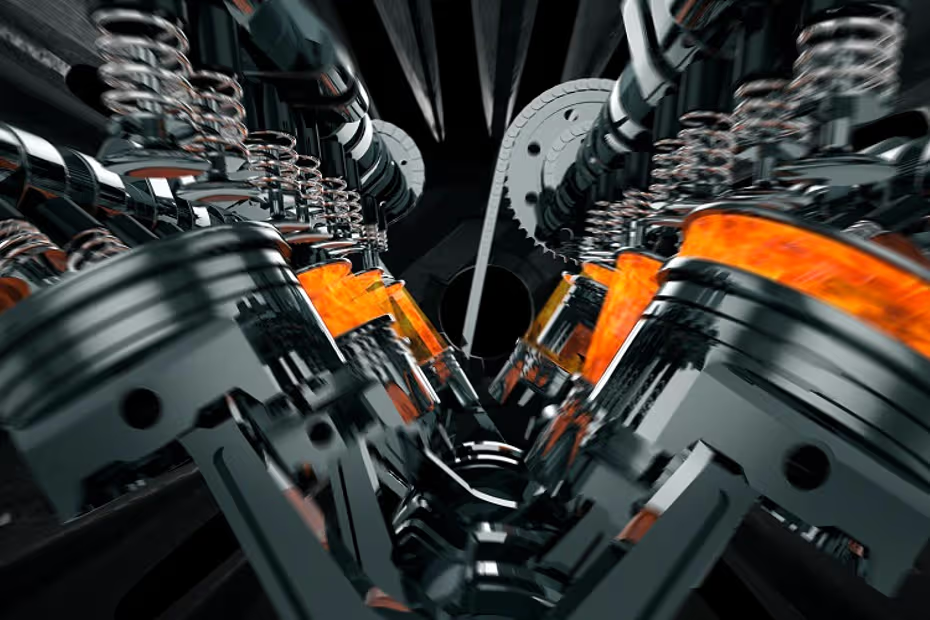Introduction
Breaking in a new engine is critical for ensuring long-term performance and durability. Proper break-in procedures help avoid premature wear, ensure correct component seating, and maximize engine longevity. Whether you’ve installed a rebuilt engine or purchased a brand-new vehicle, this post outlines how to properly break in your engine for optimal results.
Why Engine Break-In Matters
During the break-in period, the engine’s internal components—like piston rings, cylinder walls, camshafts, and bearings—are still seating and wearing into each other. This process is essential for:
- Establishing proper sealing between the piston rings and cylinders
- Ensuring even wear on engine components
- Preventing oil consumption and blow-by
- Promoting consistent new engine performance
Skipping or rushing this process can lead to excessive oil burning, reduced efficiency, or even engine damage.
General Engine Break-In Guidelines
While specific procedures may vary slightly depending on your engine type or manufacturer, here are general engine break-in best practices:
1. Use the Right Oil
Most manufacturers recommend conventional (non-synthetic) oil for the first 500 to 1,000 miles. This allows the engine parts to wear in properly before switching to synthetic, which is more slippery and may prevent proper seating.
2. Vary Your RPM
Avoid keeping the engine at a constant speed for extended periods. Instead, vary the RPMs by using different gears and driving conditions. This helps all components wear evenly.
3. Avoid Full Throttle
For the first 500–1,000 miles, avoid aggressive acceleration and high-speed driving. Keep throttle input moderate to prevent unnecessary stress.
4. Don’t Lug the Engine
Driving at low RPMs in a high gear puts strain on the engine. Keep the engine within a moderate RPM range and downshift when needed.
5. Perform an Early Oil Change
After the first 500–1,000 miles, change the engine oil and filter. This removes metal shavings and debris that may have accumulated during the break-in period.
Manufacturer-Specific Recommendations
Always refer to your vehicle or engine builder’s manual. Some high-performance or rebuilt engines may have specific break-in procedures, such as:
- Heat cycles: Running the engine at idle or low load and letting it fully cool several times.
- Initial high-RPM break-in: Required by some racing engines for aggressive ring seating.
Following the exact steps provided by the manufacturer or builder ensures you’re protecting your warranty and your investment.
Signs of a Successful Engine Break-In
You’ve completed the engine break-in process properly if:
- Oil consumption is minimal
- Engine runs smoothly and consistently
- There are no unusual noises or vibrations
- Power delivery improves as miles accumulate
Maintaining proper engine maintenance after the break-in is just as crucial—regular oil changes, air filter replacements, and cooling system checks all contribute to lasting engine longevity.
Conclusion
A well-executed engine break-in is your first step toward a reliable, high-performing engine that stands the test of time. By taking it slow and following proven engine maintenance practices, you’ll protect your investment and set the stage for peak new engine performance.
https://which-kit.com/how-to-break-in-a-new-car-engine-the-ultimate-guide/


